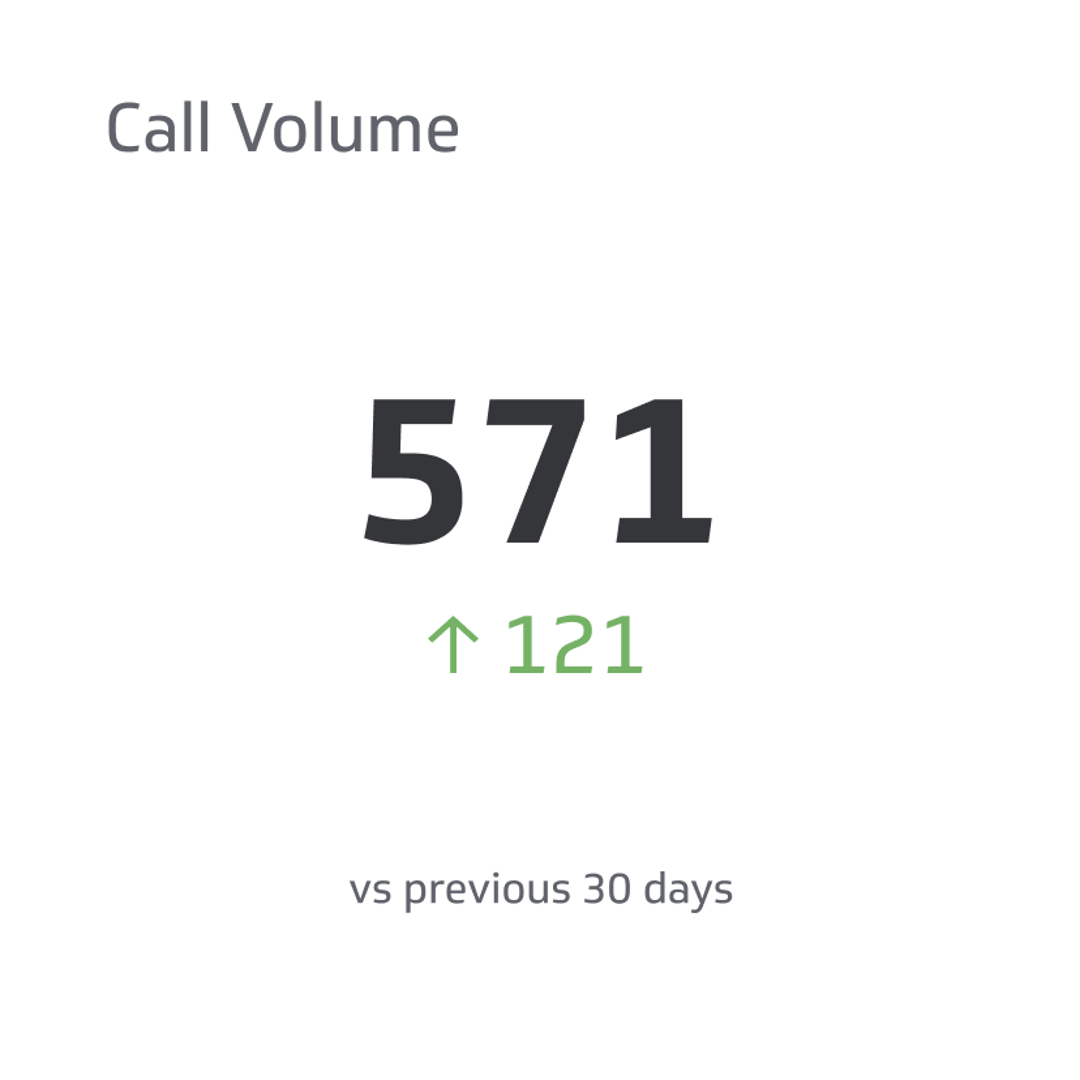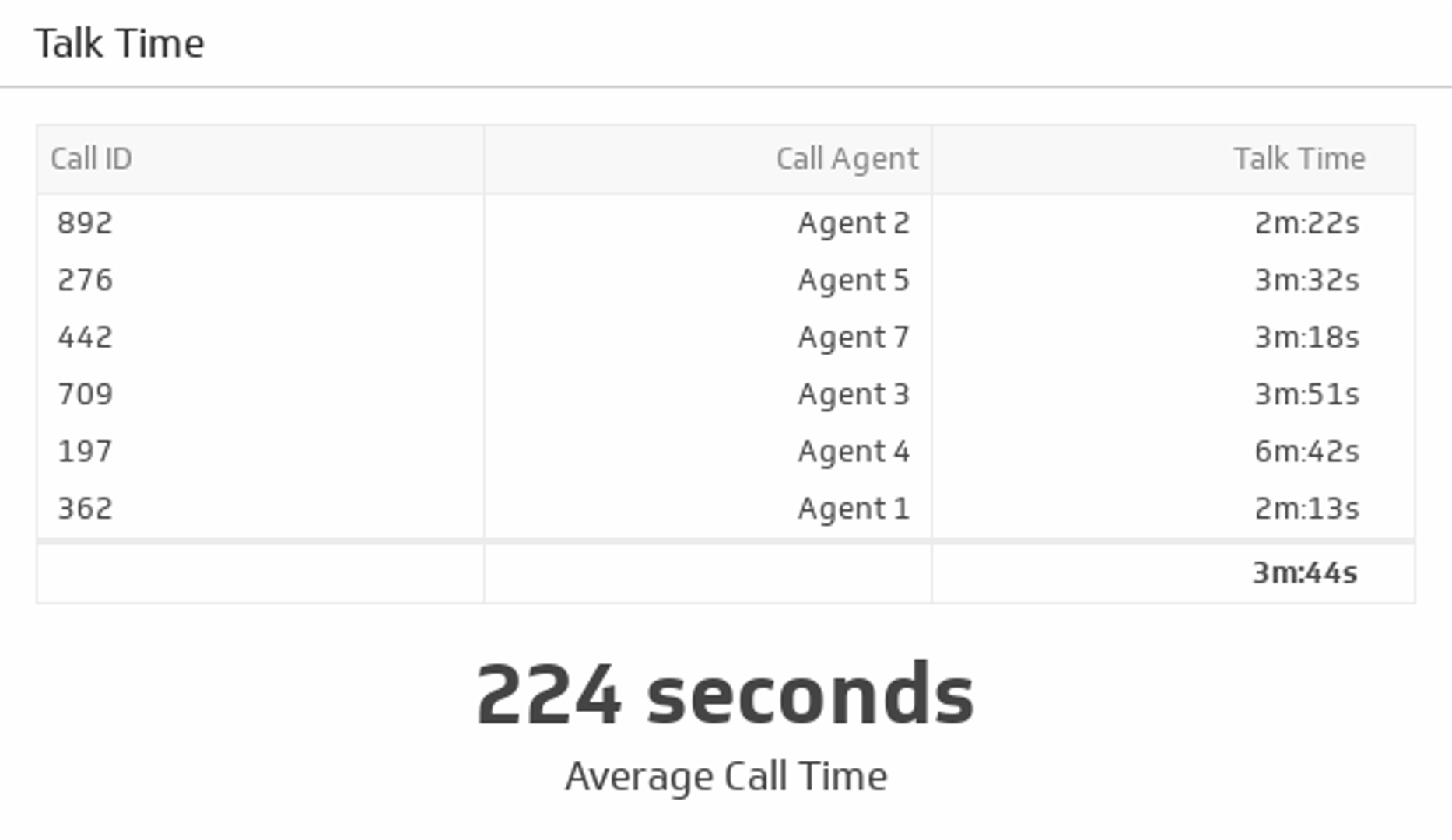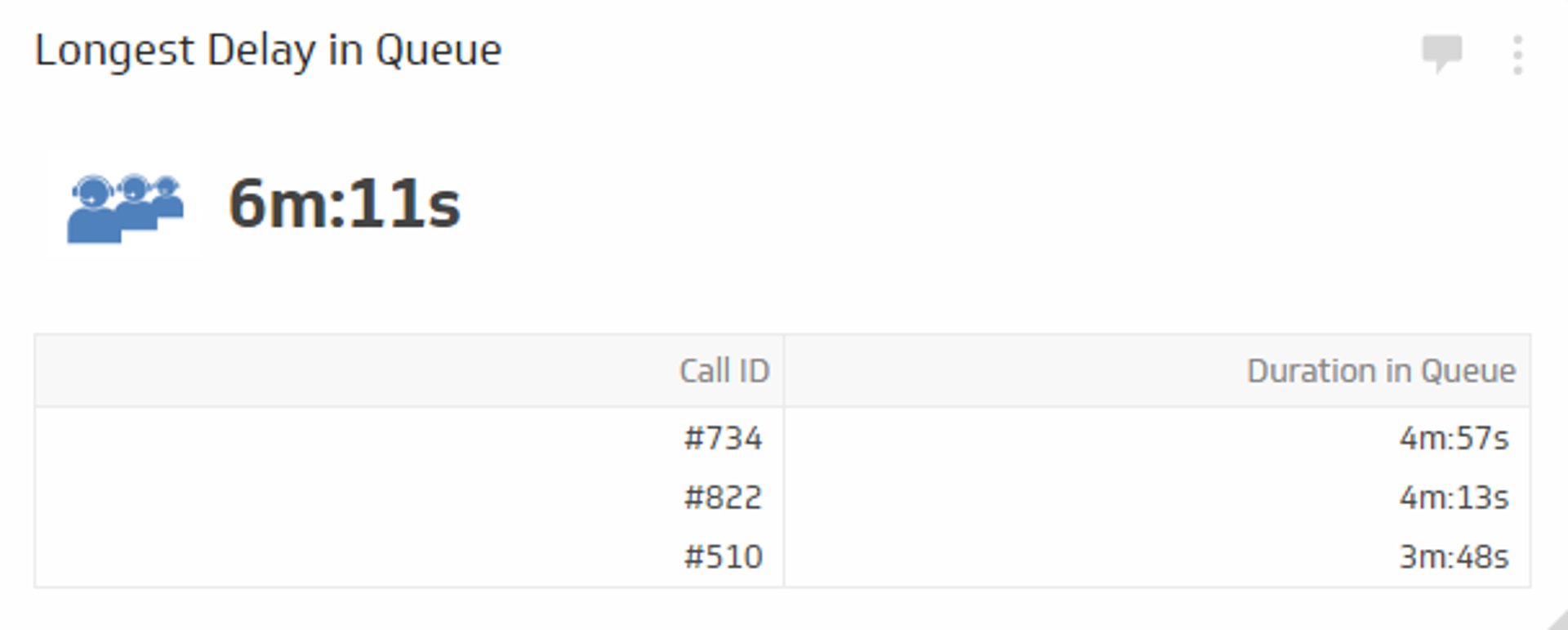Call Volume Metric
Monitor your team's capacity and workload by tracking the total number of calls handled.
Track all your Call Center KPIs in one place
Sign up for free and start making decisions for your business with confidence.

What is the Call Volume KPI?
The Call Volume KPI measures the total number of calls handled by your team over a specific period. It’s a fundamental metric for understanding your team's workload, capacity, and overall activity level. When you pair Call Volume with outcomes like sales closed or support tickets resolved, you get a clear view of your team's efficiency and effectiveness.
Are your agents hitting their targets? Is your team overwhelmed or underutilized? Tracking Call Volume on a dashboard is the first step to answering these critical questions and optimizing performance.
Who is Call Volume for?
This KPI is valuable across several business functions and stages of growth:
- Sales Development Teams: For outbound sales teams, Call Volume is a direct indicator of activity and prospecting effort. Managers use it to ensure reps are hitting their outreach goals.
- Customer Support Teams: In a support context, this metric helps managers forecast staffing needs and ensure they have enough agents to meet customer demand without compromising service quality.
- Small Businesses: For a small but growing company, a sudden spike in call volume can be the first sign you need to hire more staff or streamline your processes.
- Mid-Sized Companies: In larger organizations with dedicated call centers, this KPI is essential for resource planning, performance management, and ensuring service level agreements (SLAs) are met.
How do you calculate Call Volume?
The formula is straightforward and simply counts the total number of calls handled.
Total number of calls handled in a given time period
Pro Tips for Tracking Call Volume
Simply tracking the number of calls isn't enough. To get the full picture, you need context. Here’s how to make this KPI more powerful:
- Segment by Type: Break down call volume by type (e.g., inbound vs. outbound, sales vs. support, new prospect vs. existing customer) to understand where your team is spending its time.
- Pair with Qualitative Metrics: High call volume is good, but not if customer satisfaction is low. Track it alongside metrics like Customer Satisfaction (CSAT) or Net Promoter Score (NPS).
- Measure Efficiency: Combine Call Volume with Conversion Rate to see how many calls lead to a desired outcome (like a sale or resolved issue). Also, monitor Average Handle Time (AHT) to ensure efficiency doesn't come at the expense of quality interactions.
By monitoring Call Volume on a real-time dashboard, you move beyond simple counting. You empower your team to see their progress, identify bottlenecks, and make data-driven decisions that improve both productivity and customer experience. With a tool like Klipfolio Klips, you can bring all your call data together in one place, helping you monitor, analyze, and share your team's performance effortlessly.
Related Metrics & KPIs



